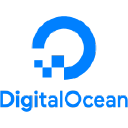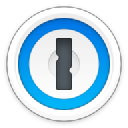How I Built An Automation Tool For Developers And Grew It To $28K/Month
Hello! Who are you and what business did you start?
Hey folks! I’m Joel Griffith, founder and sole entrepreneur for a business called browserless.
browserless is one of those newfangled “SaaS” businesses (software-as-a-service), and lets users automate all the stuff you’d normally have to do manually with a web browser. This can be as simple as taking screenshots of your page, perusing the internet for data, or even generating PDFs of a cool dashboard on your site.
I’ve been building the company over the last two years, and this September we did about $28,000 in sales.

What's your backstory and how did you come up with the idea?
It’s a bit of a curvy road in how we got here. Like a lot of businesses out there, browserless was...

Download the report and join our email newsletter packed with business ideas and money-making opportunities, backed by real-life case studies.

Download the report and join our email newsletter packed with business ideas and money-making opportunities, backed by real-life case studies.

Download the report and join our email newsletter packed with business ideas and money-making opportunities, backed by real-life case studies.

Download the report and join our email newsletter packed with business ideas and money-making opportunities, backed by real-life case studies.

Download the report and join our email newsletter packed with business ideas and money-making opportunities, backed by real-life case studies.

Download the report and join our email newsletter packed with business ideas and money-making opportunities, backed by real-life case studies.

Download the report and join our email newsletter packed with business ideas and money-making opportunities, backed by real-life case studies.

Download the report and join our email newsletter packed with business ideas and money-making opportunities, backed by real-life case studies.




























